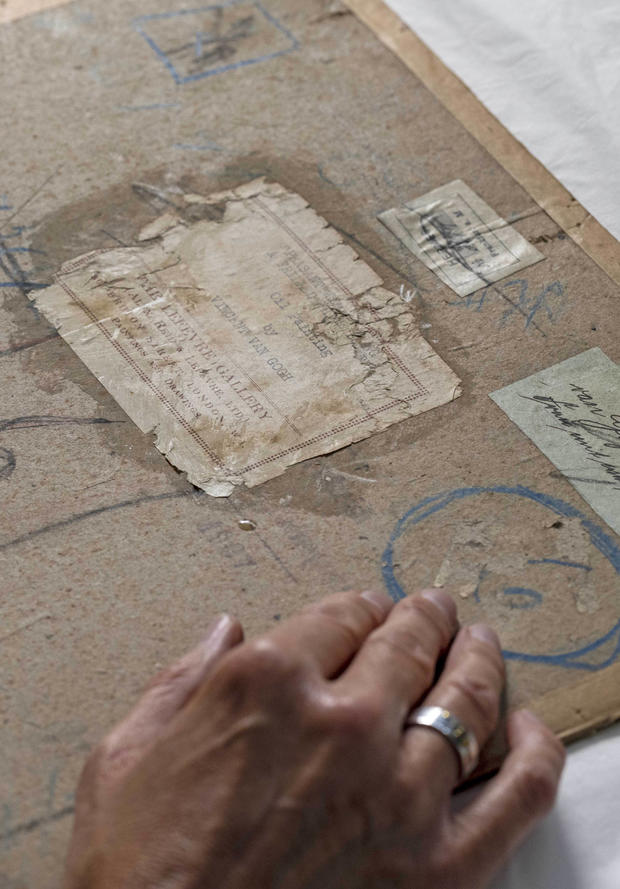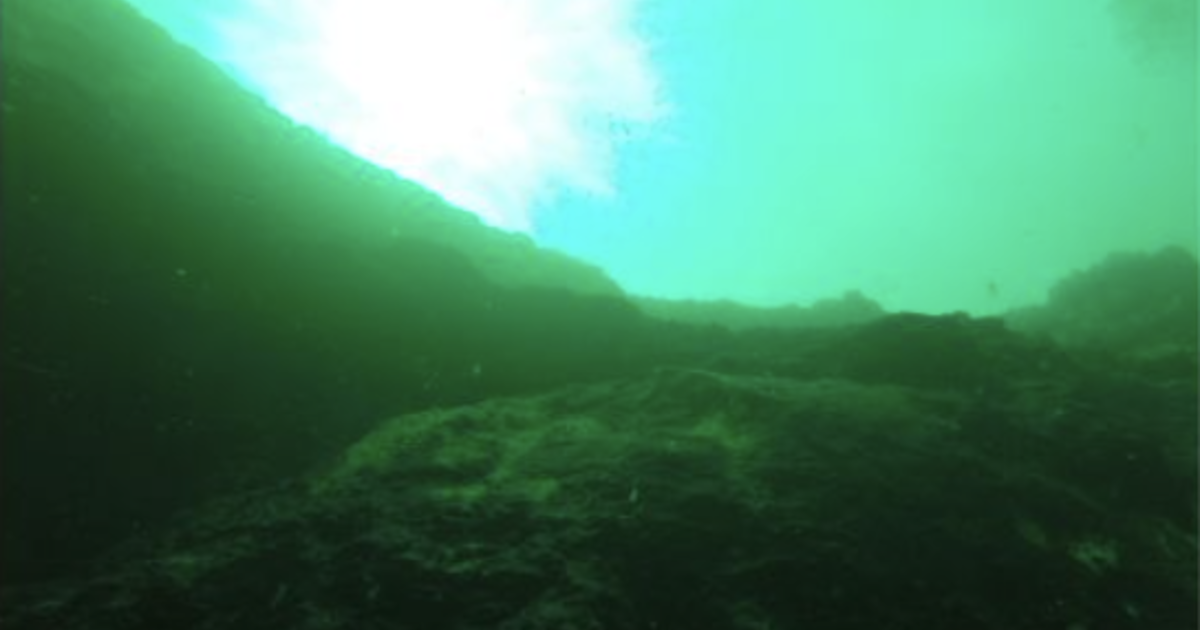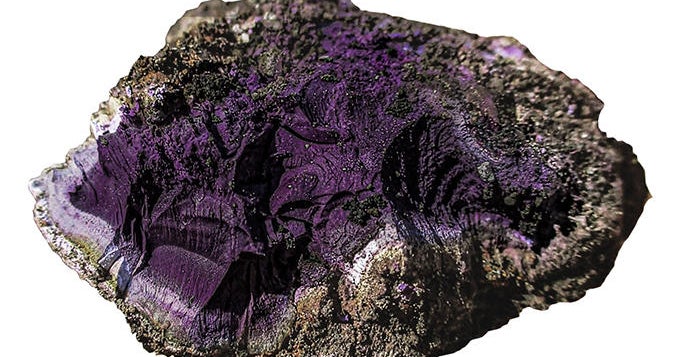A hidden self-portrait has been discovered by X-ray on the back of a Van Gogh painting
A hidden, never before discovered Vincent Van Gogh self-portrait has been found on the back of one of the famed artist's paintings. An X-ray revealed the secret portrait on the back of Van Gogh's "Head of a Peasant Woman."
The 1885 painting was being examined ahead of an upcoming exhibition at the Royal Scottish Academy in Edinburgh, Scotland.
The National Galleries of Scotland (NGS) discovered the back of the canvas was covered in layers of glue and cardboard.
"NGS experts believe these materials were applied ahead of an exhibition in the early twentieth century," the organization said in a press release. "Van Gogh often re-used canvases to save money. However, instead of painting over earlier works, he would turn the canvas around and work on the reverse."
The portrait shows "a bearded sitter in a brimmed hat with a neckerchief loosely tied at the throat," NGS says. The portrait has an intense stare, and the right side of his face is in shadow, while his left ear is clearly visible.
Van Gogh famously cut off part of his own ear with a razor in 1888. At the time, he was living in Paris at the time with fellow artist Paul Gauguin. According to the Van Gogh Gallery, details are sparse, but the incident is believed to have happened after Gauguin began to find it difficult to live with Van Gogh and said he would leave. Van Gogh used a razor to cut his ear the night Gaugin decided to stay at a hotel.
NGS says the portrait was painted after Head of a Peasant Woman, likely during a key moment in Van Gogh's career. At this point, he would have had moved to Paris and was exposed to French impressionism.
"The experience had a profound effect and was a major influence on why he adopted a more colorful and expressive style of painting – one that is so much admired today," NGS said.
This is believed to be a first of its kind discovery for a U.K. institution NGS said. Now, visitors will be able to view the x-ray on display at Royal Scottish Academy's "A Taste for Impressionism" exhibit from July 30 to November 13. A specially crafted lightbox will make the x-ray visible.
There is also ongoing research on how to remove the glue and cardboard to uncover the hidden self-portrait, which requires delicate conservation work. The condition of the portrait is unknown.
"Moments like this are incredibly rare," Professor Frances Fowle, senior curator of French art at the National Galleries of Scotland, said. "We have discovered an unknown work by Vincent van Gogh, one of the most important and popular artists in the world. What an incredible gift for Scotland, and one that will forever be in the care of the National Galleries."
The condition of the underlying self-portrait is not known but, if it can be uncovered, it is expected to help shed new light on this enigmatic and beguiling artist.






